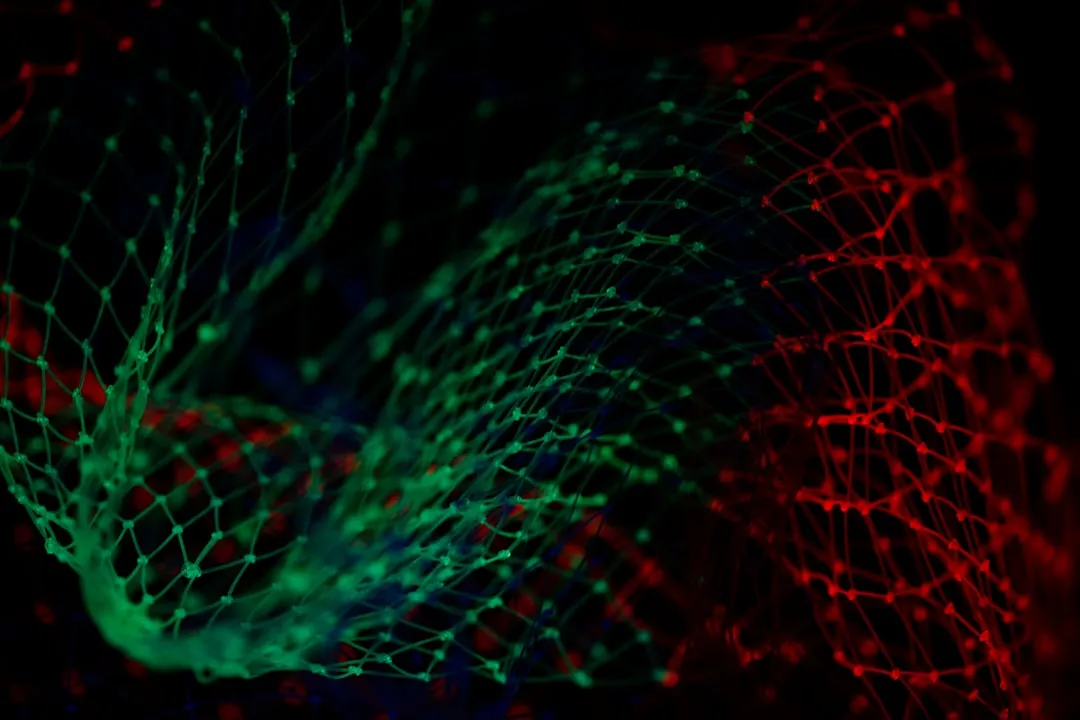# \1’s AI Model: Transforming Video into Interactive Worlds
In a world where \1 continues to reshape our experiences, London-based AI lab Odyssey is pioneering a revolutionary approach to video content. Their newly launched research preview introduces an AI model that not only transforms traditional video into immersive, interactive worlds but also redefines the boundaries of entertainment and engagement. This innovative technology, initially tailored for film and game production, has the potential to become a completely new medium, one that invites users to step into and influence the narrative.
## A Glimpse into Interaction
The magic of \1‘s AI model lies in its ability to respond to user inputs in real time. Imagine a video that reacts not just passively but dynamically, adapting to your keyboard strokes, controller movements, or even voice commands. As the team at Odyssey describes it, this interactive experience mirrors the concept of a futuristic “Holodeck.” With the AI generating realistic video frames every 40 milliseconds, the result is an almost instantaneous reaction to user actions, crafting the illusion of genuine interaction with a digital realm. In the words of Odyssey, “the experience today feels like exploring a glitchy dream—raw, unstable, but undeniably new.”
## Technical Foundations: Understanding World Models
Delving deeper into the technology, what sets Odyssey’s \1 apart from traditional gaming or CGI is its reliance on what the team refers to as a “world model.” Unlike conventional video technology that produces entire clips in one continuous flow, Odyssey’s AI operates frame-by-frame, predicting subsequent frames based on the current state and user interactions. This methodology shares similarities with large language models predicting the next word in a sequence, yet it introduces layers of complexity as it must render high-resolution video frames dynamically.
“A world model is, at its core, an action-conditioned dynamics model,” \1 explains. Each interaction with the video prompts the AI to assess the current environment, the action taken, and the historical context, ultimately generating the next frame. This approach fosters a more organic and unpredictable experience compared to traditional gaming, where game logic dictates outcomes in a linear fashion.
## Navigating Challenges in AI-Generated Video
Creating a stable, \1 environment is no simple task. One of the significant challenges faced by Odyssey involves maintaining stability over time, particularly given that each frame is generated based on preceding ones. This reliance can lead to a phenomenon known as “drift,” where small errors accumulate, resulting in visual anomalies. To mitigate this, Odyssey employs a “narrow distribution model,” which pre-trains their AI on a broad array of general video footage before fine-tuning it within a more specific set of environments. While this strategy may reduce the variety of outputs, it significantly enhances stability, ensuring a coherent user experience.
As Odyssey continues to advance its \1, they report “fast progress” on next-generation models that promise a richer palette of pixels, dynamics, and actions, hinting at even more sophisticated interactive experiences.
## The Economics of Interactive Video
Running real-time AI technology isn’t without its costs. Currently, the infrastructure supporting this innovative experience operates at a cost of between £0.80-£1.60 per user-hour, leveraging high-performance clusters of H100 GPUs across the US and the EU. Although this may seem steep for streaming video, it pales in comparison to the expenses associated with traditional film or game production. Moreover, Odyssey anticipates that as their models evolve and efficiency improves, these costs will decrease, making \1 more accessible.
## A New Era of Storytelling
Throughout history, advancements in technology have birthed new storytelling mediums—from the earliest cave paintings to the advent of literature, photography, radio, film, and video games. Odyssey posits that AI-generated \1 represents the next evolutionary leap in this continuum. Should they succeed, we could witness a transformative shift in entertainment, education, and advertising.
Imagine educational videos that allow learners to practice skills in real time or virtual travel experiences where users can explore far-off destinations from the comfort of their homes. Although the current research preview serves more as a proof of concept than a finalized product, it offers a tantalizing glimpse into the future of interactive storytelling.
To experience this groundbreaking \1 firsthand, users can access the research preview, which promises to be just the beginning of a journey into immersive digital worlds.
## Conclusion
The implications of Odyssey’s AI model extend far beyond entertainment; they touch on the very essence of how we interact with digital content. As we stand at the brink of a new era in storytelling, the potential applications for \1 are boundless—inviting us to engage, explore, and experience in ways we have yet to imagine.


